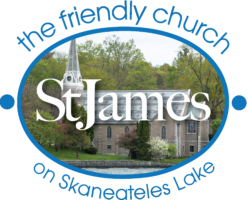

LATEST CreationCARE NEWS
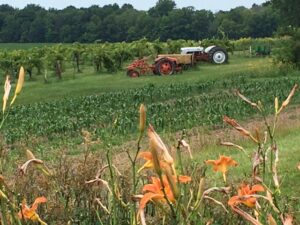 Creation CARE Field Trip to Elderberry Pond Farm
Creation CARE Field Trip to Elderberry Pond FarmWe will meet at the farm. Please park up the driveway near the store and the Lego’s home.
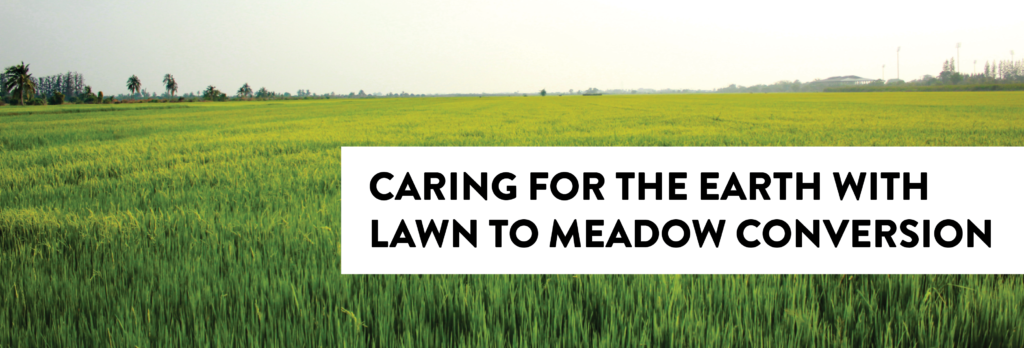 Dan Fisher, Lori Ruhlman and their neighbors in The Colony are just over a year into the conversion of their lakeside lawns to a flowering meadow, with guidance from Sam Quinn of the Restoration Science Center of SUNY College of Environmental Science & Forestry. Their intent is to create an upside-down forest of roots in the earth to help protect the lake. The native flowers will also enhance biodiversity, including bees, butterflies, and songbirds.
Dan Fisher, Lori Ruhlman and their neighbors in The Colony are just over a year into the conversion of their lakeside lawns to a flowering meadow, with guidance from Sam Quinn of the Restoration Science Center of SUNY College of Environmental Science & Forestry. Their intent is to create an upside-down forest of roots in the earth to help protect the lake. The native flowers will also enhance biodiversity, including bees, butterflies, and songbirds.
Dan, Lori, and Sam will host CreationCARE and others who are interested in learning about what, why, and how of lawn to meadow conversions at their East Lake Road home July 31 at 4:00 PM.
Please sign up to participate by emailing Kip Coerper at kip@stjamesskan.org.
Parking is limited so carpooling is encouraged.
They include:
Plastics: Ignore the numbers; use shape to decide recyclability: bottle, jar, jug, or dairy tub = recycle.
Paper: Empty and flatten boxes. Remove packing or film plastics in or around boxes.
Containers: Must be empty and rinsed. Labels are okay.
Lids and caps: Reattach.
uses the following guidelines:
Co-Mingle Rehttps://www.icloud.com/iclouddrive/cycling –
Mixed combination of cleaned and flattened:
• Newspaper/Magazines/Cardboard
• Glass containers
• Metal containers
• Plastic containers (Consumer Grade 1-7)
• All items shall be cleaned and flattened if possible
• Plastic shopping bags should be returned to the store you received them from.
DO NOT recycle junk mail, broken glass, light bulbs, mirrors, plate glass, cookware, styrofoam or plastic shopping bags.
https://www.villageofskaneateles.com/bc-eac
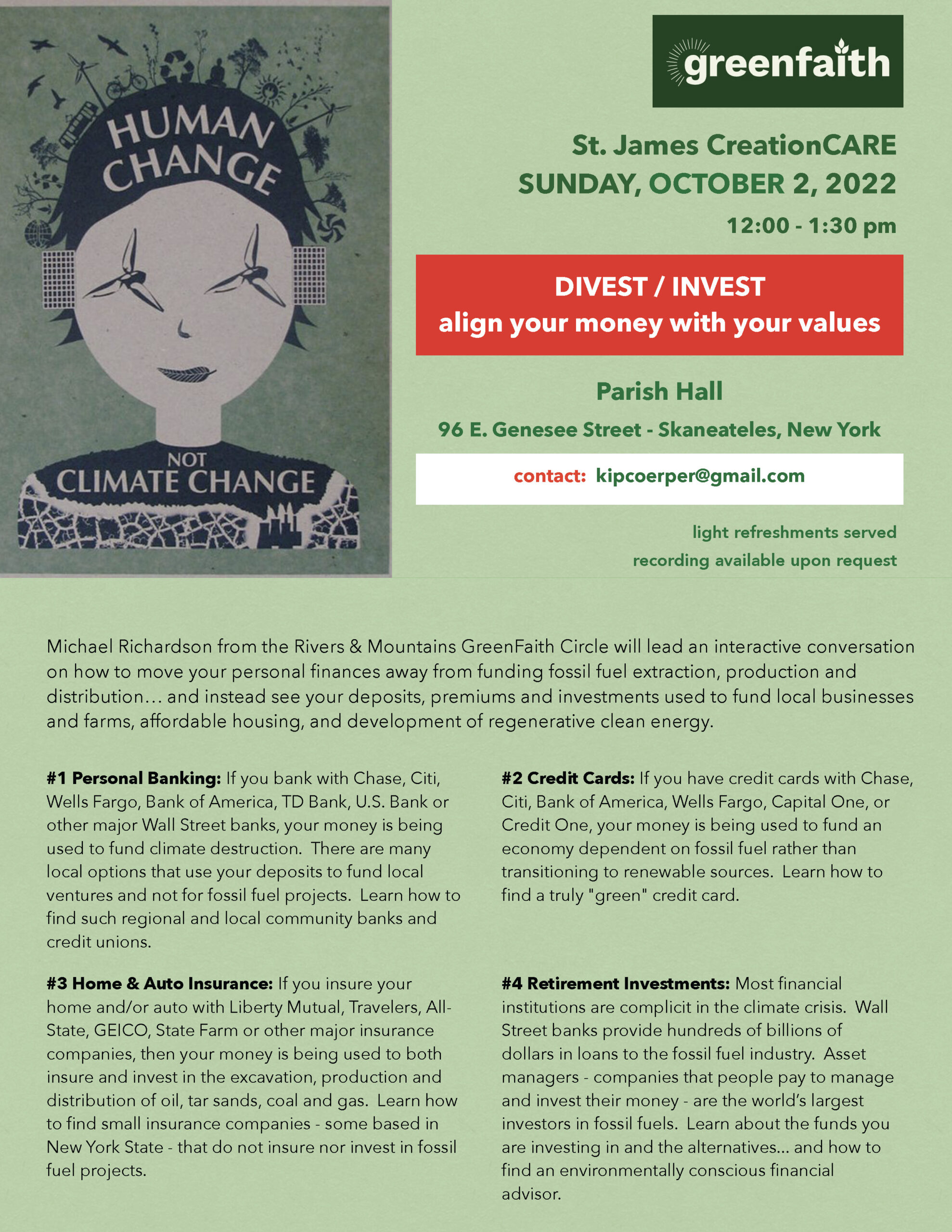
GREEN CORNER – JULY 2022-Pondering Possessions
What is a “better life?” I think too often, we look at possessions and tastes to define “better”, without considering the human and environmental costs of those possessions. What resources do they require? How far do they have to travel for us to receive them? Is a living wage being paid to the creators of that possession? How much pollution (to air, water, the earth) was created to make the item? These are all environmental costs that need to be considered whenever we consider producing and consuming things. A prayer from the Episcopal Book of Common Prayer (p. 827) describes well a healthy way of thinking about being a responsible consumer. “Almighty God, in giving us dominion over things on earth, you made us fellow workers in your creation; Give us wisdom and reverence so to use the resources of nature, that no one may suffer from our abuse of them, and that generations yet to come may continue to praise you for your bounty.”
I challenge us to think more intentionally about the subsequent clauses of these sentences. God did not “give us dominion over things” to use them recklessly – he made us “fellow workers”. Yes indeed there are “resources of nature” for us to use, but not so that anyone may “suffer from our abuse of them”. A wonderful guide for how we use natural resources is to adopt the Indigenous American way – consider how our use of a resource will impact the 7th generation of people beyond us – “the generations yet to come”.
Here are some ways to consider the impact of your life choices on our environment:
– Reduce your speed while driving
– Buy local goods and products
– Utilize public transportation
– Take shorter, cooler showers
– Take advantage of natural breezes in the summer, instead of air conditioning
– Dry clothes by hanging them
– Pile on sweaters and socks instead of turning up the heat
– Eat local and seasonal foods that do not have to travel far to get to your table
– Turn off your lights for one hour every day
– Say no to bottled water
– Choose a fuel-efficient or EV car.
– Set concrete goals for reducing your travel.
– Whenever practical, walk, bicycle, or take public transportation.
– Eat less meat.
– Buy certified organic produce.
– Reduce your use of hot water in washing clothes and/or
– Purchase a tankless water heater
– Install LED lighting and efficient appliances and/or solar panels
– Choose an alternative energy supplier
“Let the earth glorify the Lord…
Glorify the Lord, o mountains and hills, and all that grows upon the earth.
Glorify the Lord, o springs of water, seas, and streams,
o whales and all that moves in the waters, all birds of the air, o beasts of the wild, and all you flocks and herds, glorify the Lord.”
GREEN CORNER – JUNE 2022
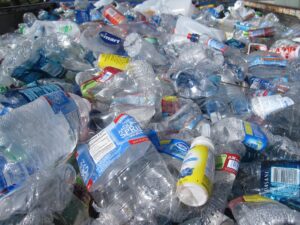 God’s green earth is suffocating from harmful plastic pollution – yet another harmful by-product of fossil fuels. Micro plastics (5mm or less, typically only the size of a grain of sand), are found everywhere – in our air, water, soil, and yes, in our bodies. It is estimated that each human being ingests 2000 particles a week – the equivalent of the weight of a credit card. How do plastic particles affect us? Where do they come from? And what can we do about it?
God’s green earth is suffocating from harmful plastic pollution – yet another harmful by-product of fossil fuels. Micro plastics (5mm or less, typically only the size of a grain of sand), are found everywhere – in our air, water, soil, and yes, in our bodies. It is estimated that each human being ingests 2000 particles a week – the equivalent of the weight of a credit card. How do plastic particles affect us? Where do they come from? And what can we do about it?GREEN CORNER

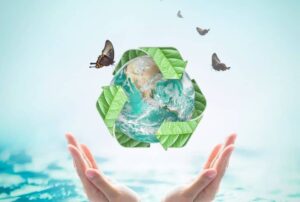 Green Corner #9-February 2022
Green Corner #9-February 2022Local villages and towns may have environmental advisory committees –
Skaneateles’ environmental advisory committee minutes can be found under “Resources” at villageofskaneateles.com.
This committee (Kim Persee, Carol Stokes-Cawley, Tara Lynn, Ed Marx, Dave Middleton, Patrick McDonald, Jessica Millman, and Kip Coerper) meets once a month to talk about ways we can positively impact our environment. We are learning that there is substantial grant money available from NYSERDA”s (NY State Energy Research and Development Committee) Clean Energy Program to give to local communities in support of green initiatives that will “create a healthy and sustainable environment by investing in future-focused clean energy solutions”. Our committee is reviewing the adaptions and changes Skaneateles Village can make, such as more LED street lights and electric vehicle charging stations, to “green” our village. After careful research we then make recommendations to the Village Board to consider on behalf of making our community “more green” – ie. less waste, more alternative energy, cleaner lake, better recycling. If you would like to comment or make a suggestion for us to pursue, go to
https://www.villageofskaneateles.com/contact and your comment will be forwarded to our committee.
CNY Compost (CNYcompost.org) is another local business encouraging composting which aims to reduce methane gas which would otherwise be released when our food scraps go to landfills. And you then will have access to quality compost for your garden. If you are from another local village or town, perhaps you could initiate a village environmental committee to help encourage village leaders to pay attention to climate issues and our environmental impacts and care for climate justice issues.
More and more people of all ages are realizing that we can no longer do business like we used to when we care about the future of God’s green earth. Native Americans have always know this to be true – The Haudenosaunee people, on who’s land we reside, live by the philosophy that “the decisions we make today should result in a sustainable world seven generations into the future.”
Two more local organizations who are positively impacting our local environment now for the 7th generation and beyond are:
GreeningUSA.org in Syracuse which promotes “10 Steps to Sustainable Communities” and can help you make the adaptions necessary to become a sustainable community.
And citizensclimatelobby.org which has a strong chapter in Syracuse who promote putting a price on carbon with a dividend back to tax payers in order to include the true “cost” of the use of carbon by organizations and corporations in our society.
Pay attention to the impact your life choices make on our environment. Join the movement for climate justice and climate care. We all can live more sustainably.
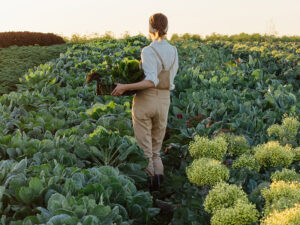 Caring for the Climate with Our Food Choices
Caring for the Climate with Our Food Choices– Did you know that in the U. S. about 40% of all food is wasted! And when that wasted food goes into a landfill it generates methane gas, which can be 80 times more powerful than carbon dioxide. Could you pay more attention to the food that needs to be eaten in your refrigerator, so less of it gets tossed out? Do you compost your food scraps, which actually can improve your garden and reduce methane dramatically? (cnycompost.com).
– Traditional fruits and vegetables are grown with the use of harmful pesticides like brain-toxic chlorpyrifos, cancer linked glycophosphate (better known as Roundup), and pollinator threatening neonicotinoids. You can keep these out of you body by buying certified organic fruits and vegetables. Not only your body will benefit. Organic agriculture using regenerative farm practices will build soil health (better in the long term for the farm as well as it’s vegetables), mitigate climate change, protect air, water, and habitat for wildlife – all of this will provide more economic stability for famers. Unfortunately, present conventional food is artificially cheap due both to a wide range of public subsidies, as well as laws and norms that do not require farmers to shoulder the full costs of labor, water and air pollution, soil depletion, and other environmental and health harms.
– Some people suggest Meatless Mondays as a way to reduce your carbon footprint. That is a good idea if you are eating conventional grown meat in feed lots and barns. Organicly grown vegetables are more healthy for you and the environment than meat from traditionally raised farm animals. But so too is consuming meat that is 100% grass fed. 100% grass fed beef actually helps the soil because the animals naturally fertilize it, the animals are healthier rarely needing antibiotics, the meat will taste better, and few if no chemicals and antibiotics are introduced into the ecosystem to harm the land, animals, farmers, and you.
– The good news is that organic food is the fastest growing part of the food economy. As we consume more organic food, the prices will come down. So buy organic which will make you more healthy, the animals more healthy, our soils less depleted, the runoff into lakes less severe, our bees and wildlife more plentiful, and our farm workers less impacted by harmful chemicals. And when you go to restaurants always ask if the meat and vegetables are organic. Where are they sourced? Are they from local farms? Perhaps the chicken is local, the beef is from California – then choose the chicken. Our choices as consumers will help determine the food producers and marketers provide us. Read up on Regenerative Farming practices at https://www.nrdc.org/resources/regenerative-agriculture.
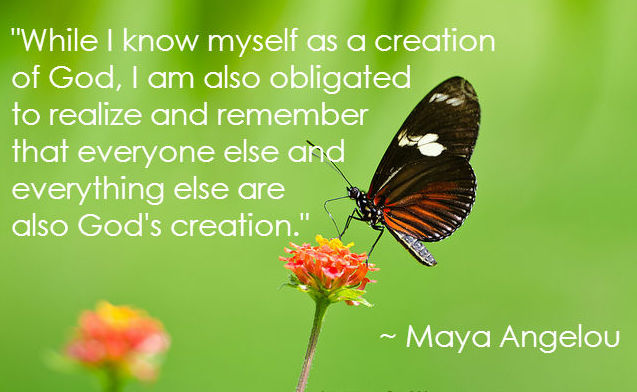
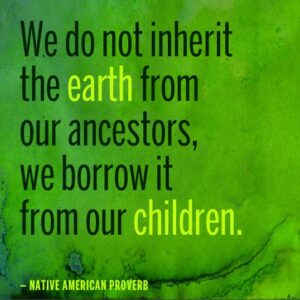 Acknowledging the Onondaga Nation of the Haudenosaunee People through Prayer at St. James’
Acknowledging the Onondaga Nation of the Haudenosaunee People through Prayer at St. James’
Soon, all will notice the addition to the creation prayer:
We acknowledge the Onondaga nation of the Haudenosaunee People, the traditional custodians of the land on which we are worshiping today. We acknowledge that they have occupied and cared for this land over countless generations and we celebrate their continuing contributions to the life of this region.
St. James’ is joining other churches across the nation in the process of reconciliation to the indigenous people of the land. It is incumbent upon the church for healing and reconciliation, to acknowledge the first inhabitants of the land upon which the church buildings currently sit. One of the ways the church begins the road to reconciliation with siblings who identify as Indigenous/Native American, is to acknowledge that all churches sit on Native Land. It was “purchased” through treaties that were constantly broken. Tribal nations were violently forced from ancestral lands to distant reservations.
- The present-day territory of the Onondaga Nation (“People of the Hills”) is approximately 7,300 acres just south of Syracuse near Nedrow, New York.
- Between 1788 and 1822, the Onondaga Nation lost possession of approximately 95% of its land through a series of illegal “takings” by the State of New York.
- Onondaga (the keepers of the Central Fire) is considered to be the capital of the Haudenosaunee, a name meaning “People of the Longhouse”. The Haudenosaunee are sometimes referred to as the Iroquois Confederacy, or Six Nations.
- The Haudenosaunee was founded at Onondaga after the Peace Maker visited the warring nations. This is estimated to have occurred around the year 1000 A.D. The five original nations of the Haudenosaunee were the Mohawks, Oneidas, Onondagas, Cayugas and Senecas. The Tuscaroras joined the confederacy in the early 1700’s.
- The nations of the Haudenosaunee came together after agreeing to work together peacefully rather than continuing to battle each other. They established a democratic system of government led by a Grand Council consisting of chiefs from each nation. These chiefs worked with clan mothers to ensure the preservation and well-being of the Haudenosaunee.
- The Haudenosaunee is considered to be one of the oldest participatory democracies on earth, and provided an important structural model for the Founding Fathers developing the United States Constitution.
- The Haudenosaunee became the greatest Indian power in colonial America, with a homeland that spanned northern New York between the Hudson and Niagara rivers and an influence that extended from the Ottawa River to the Chesapeake Bay and from New England to Illinois.
- The Onondaga Nation maintains traditional cultural views and a traditional system of government. The Nation does not permit the sale of alcohol and has opposed casinos and online gaming.
- The Haudenosaunee are known internationally as a peaceful people, with a heritage of statesmanship, government/law and an oral tradition passed from generation to generation.
- Onondaga remains the meeting place for the Grand Council of Chiefs, the traditional ruling body for the Haudenosaunee. The Longhouse serves as a place of spiritual, cultural and social activities, the seat of government and symbol of security.
